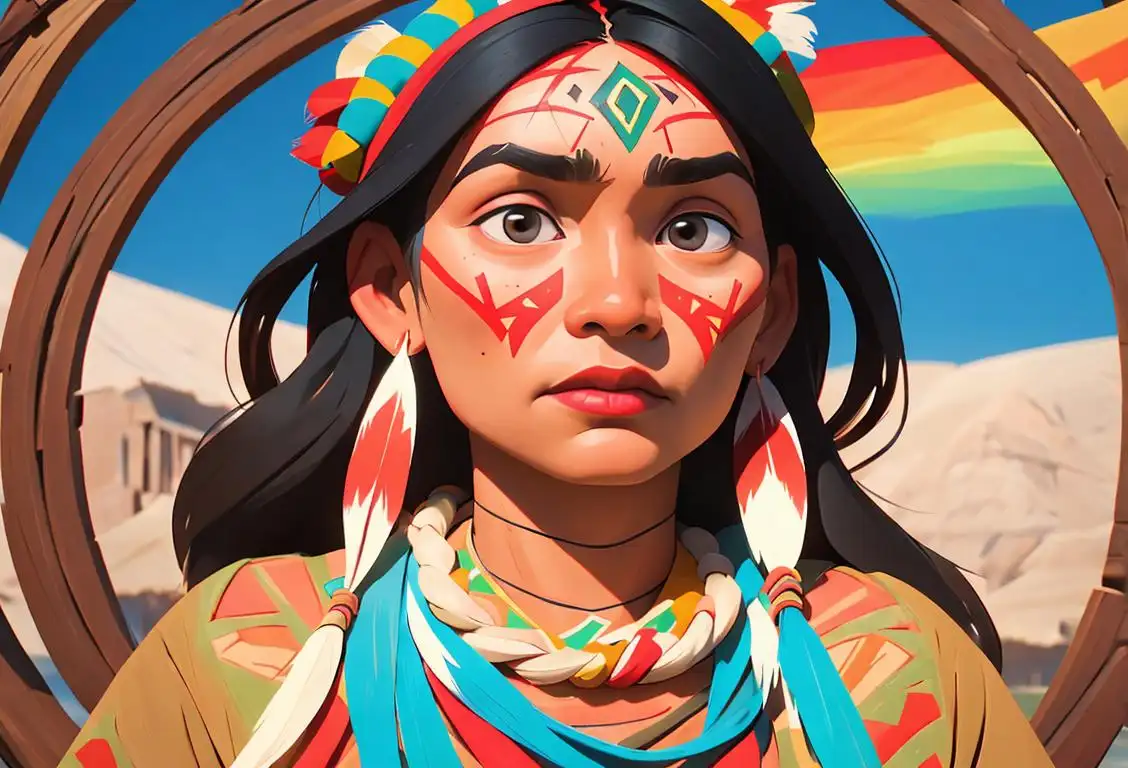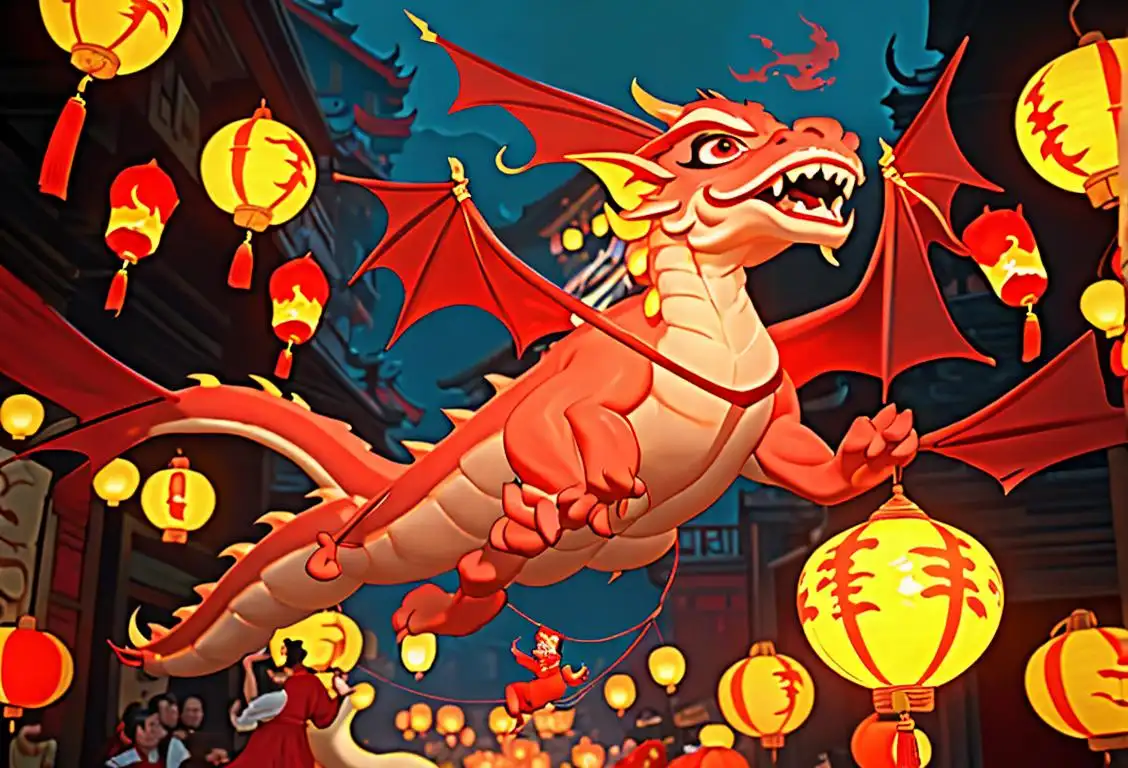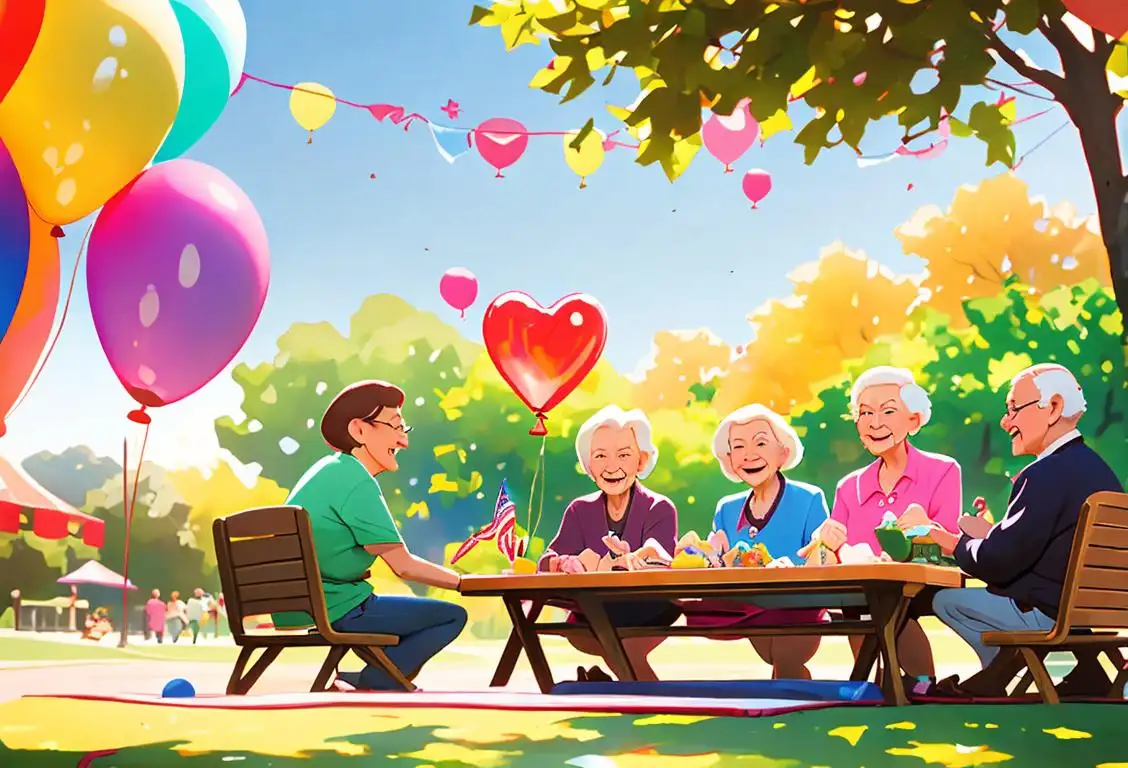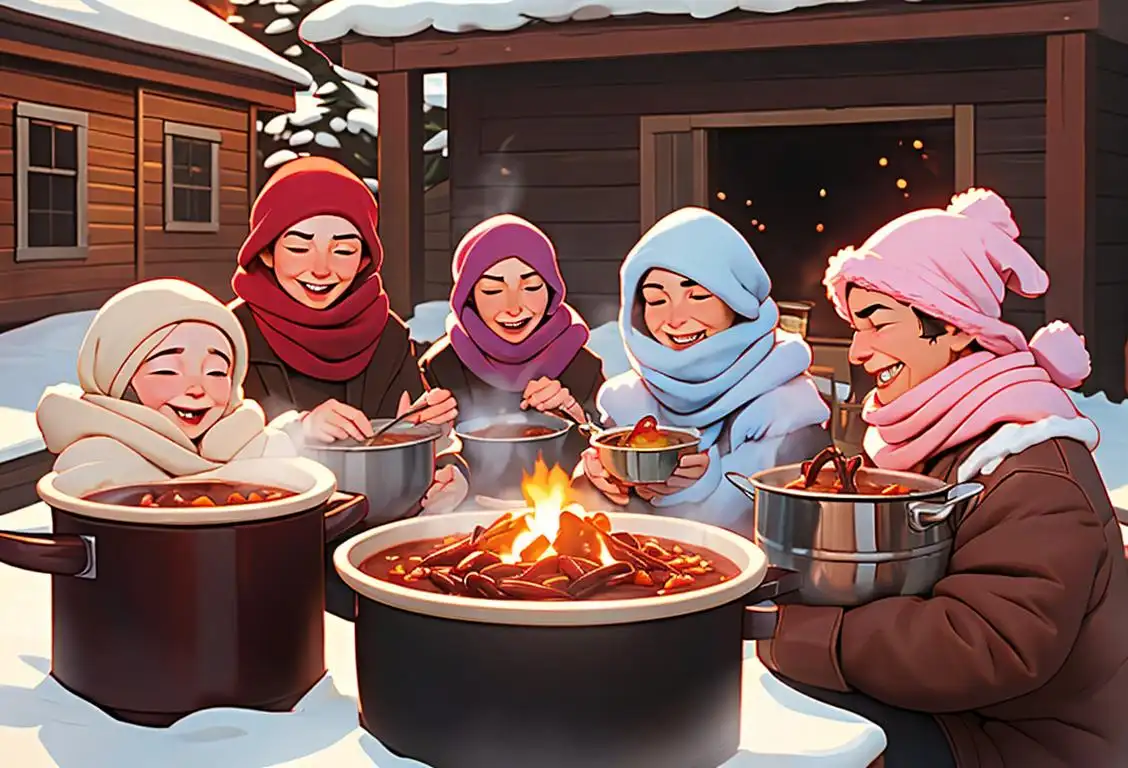National Native American Day
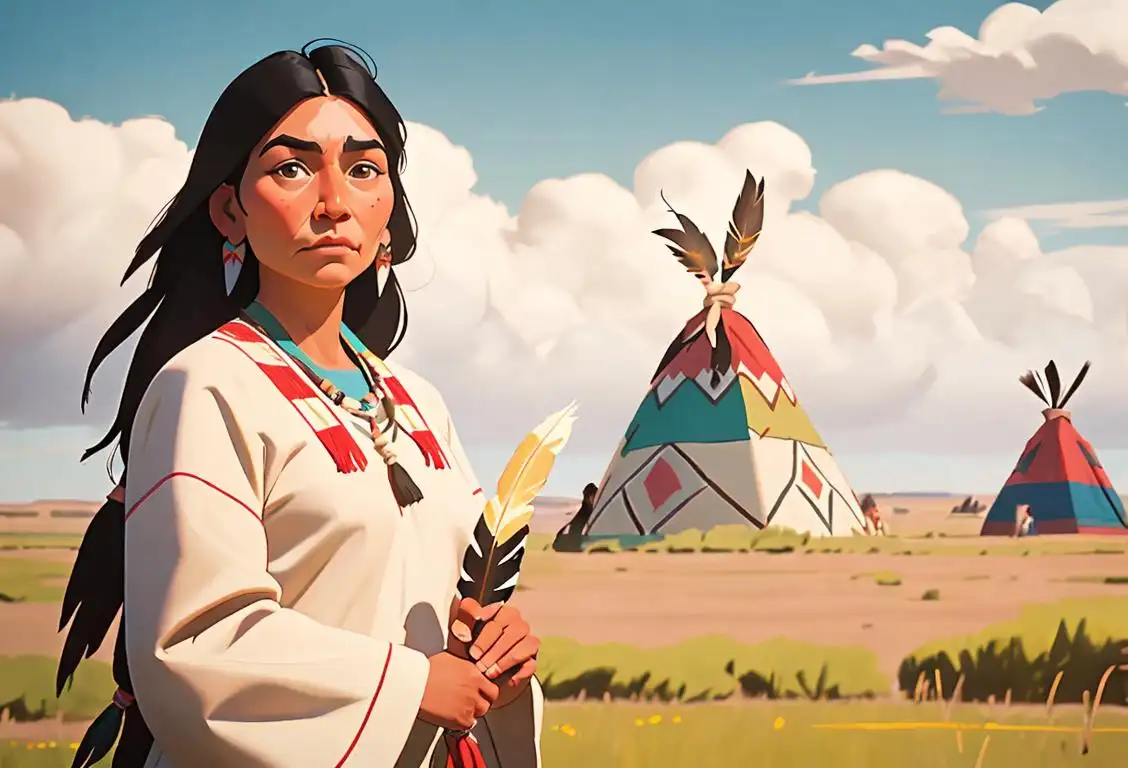
Hey there, folks! Get ready to celebrate National Native American Day with a bang! It's a day to honor the rich and vibrant culture of our indigenous brothers and sisters. So, put on your moccasins, grab a dreamcatcher, and let's dive into the fascinating history of this special day.
When is Native American Day?
It's national native american day on the 27th September.
The Roots of National Native American Day
National Native American Day is a day dedicated to recognizing and celebrating the indigenous peoples of the United States. The origins of this day stretch back to the early 20th century when a few remarkable individuals and organizations began advocating for the acknowledgment of Native American contributions to our country.
One such influential figure was Dr. Arthur C. Parker, a Seneca Indian and the director of the Museum of Arts and Science in Rochester, New York. In the early 1900s, Parker initiated efforts to establish a day that would honor Native Americans, their history, and their culture.
Fast forward to the 1970s, and the movement gained momentum. In 1976, President Gerald Ford declared a week in October as Native American Awareness Week. But it wasn't until 1990 that the Native American Indian Heritage Month Act was signed into law by President George H.W. Bush. Since then, Native American Day has been recognized annually on the fourth Friday in September.
Celebrations and Activities
National Native American Day offers a fantastic opportunity to immerse yourself in the rich traditions and diverse cultures of Native American tribes. From powwows and storytelling events to art exhibits and traditional dances, there are countless ways to celebrate.
Many communities organize cultural festivals where you can savor delicious Native American cuisine, admire captivating artwork, and participate in ancient rituals. It's a chance to learn about traditional practices and customs that have been passed down through generations, providing a deeper understanding of the Native American way of life.
Whether you're attending a Native American powwow, trying your hand at crafting traditional jewelry, or simply spending time in nature and reflecting on the history of the land we call home, National Native American Day is all about fostering appreciation and respect for the cultural heritage of Native Americans.
History behind the term 'Native American'
1492
Christopher Columbus and the 'Indians'
In 1492, Christopher Columbus made his famous voyage across the Atlantic in search of a new route to Asia. When he arrived in what is now the Americas, he mistakenly believed he had reached India. He called the indigenous people he encountered 'Indians,' which eventually led to the term 'Native Americans' being used to refer to the indigenous peoples of the Americas.
1830
The Indian Removal Act
In 1830, the United States government passed the Indian Removal Act, which was signed into law by President Andrew Jackson. This act authorized the forced removal of Native American tribes from their ancestral lands to make way for white settlement. The term 'Native American' started gaining popularity during this time as a way to describe the indigenous peoples affected by this policy.
1887
The Dawes Act and Citizenship
In 1887, the Dawes Act was enacted by the U.S. government. This act aimed to assimilate Native Americans into mainstream American society by dividing tribal lands into individual allotments for Native Americans. It also granted citizenship to those who accepted the allotments. As a result, the term 'Native American' became more widely used to describe the indigenous peoples who were now considered American citizens.
1960s
Rise of Native American Activism
During the 1960s, there was a resurgence of Native American activism and the civil rights movement. Native Americans began reclaiming their cultural heritage and challenging the status quo. The term 'Native American' was reinforced as a way to assert a distinct identity and promote the rights and recognition of indigenous peoples.
1990
Official Recognition and Terminology
In 1990, President George H.W. Bush signed a joint resolution designating the month of November as 'National American Indian Heritage Month,' now commonly referred to as 'Native American Heritage Month.' This official recognition further solidified the term 'Native American' as the preferred terminology for referring to the indigenous peoples of the United States, recognizing their diverse cultures, contributions, and struggles.
Did you know?
Did you know that there are currently 574 federally recognized Native American tribes in the United States? Each tribe has its own unique language, traditions, and customs, contributing to the immense cultural diversity of Native American communities.Tagged
awareness food celebration culture artFirst identified
10th October 2016Most mentioned on
27th September 2019Total mentions
37Other days
Native American Day
Colors On Day
Indigenous Peoples Indigenous Peoples Day
Boba Day
China Day
Cheese Pizza Day
Senior Citizens Day
Chili Day
Eat What You Want Day
Moving To Canada Day

